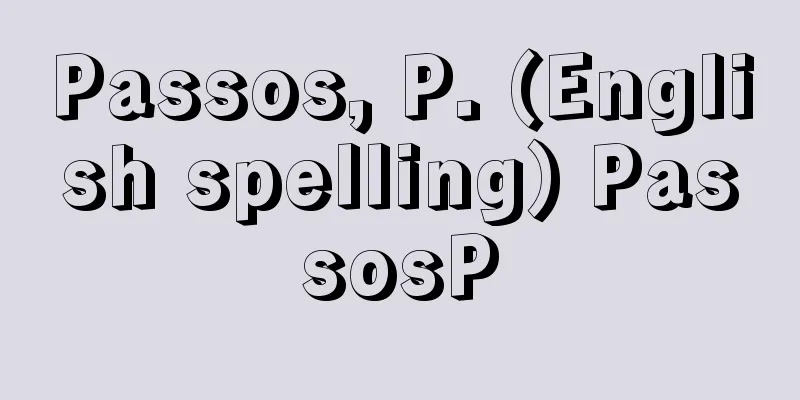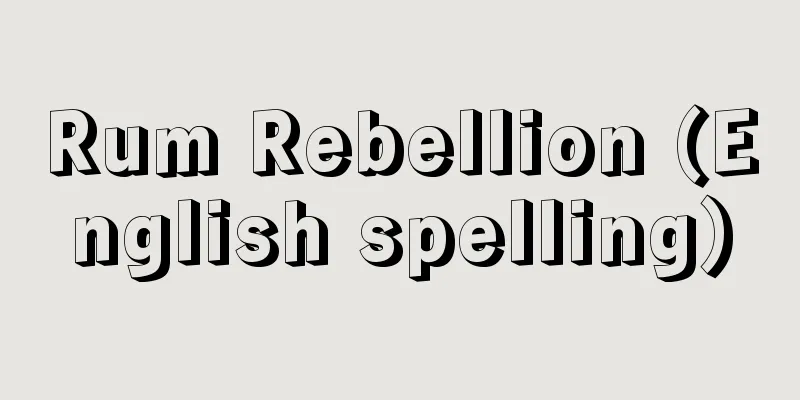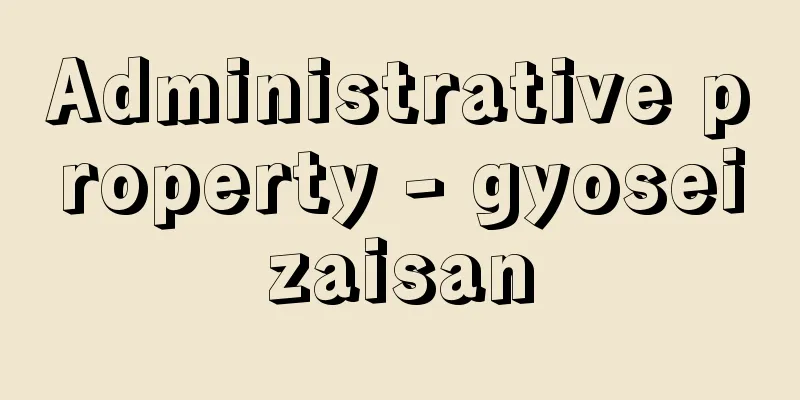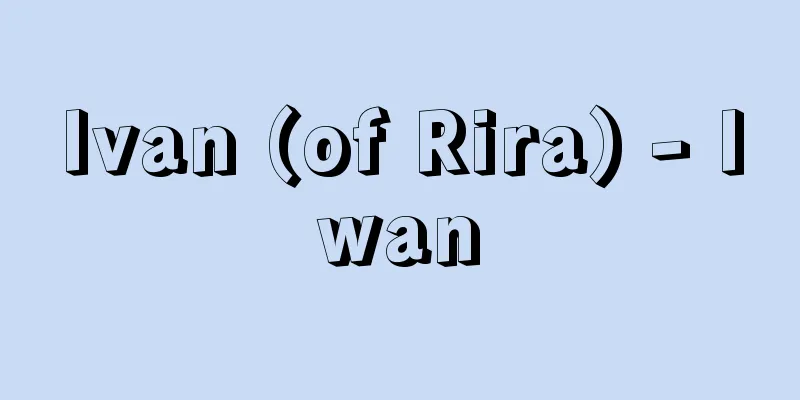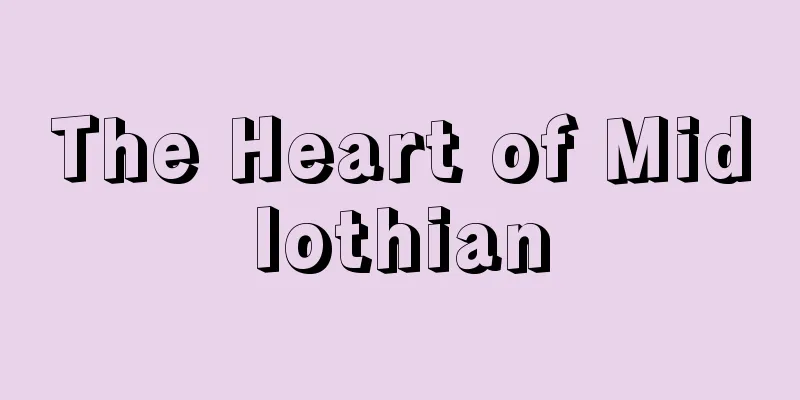Amersfoort (English spelling)
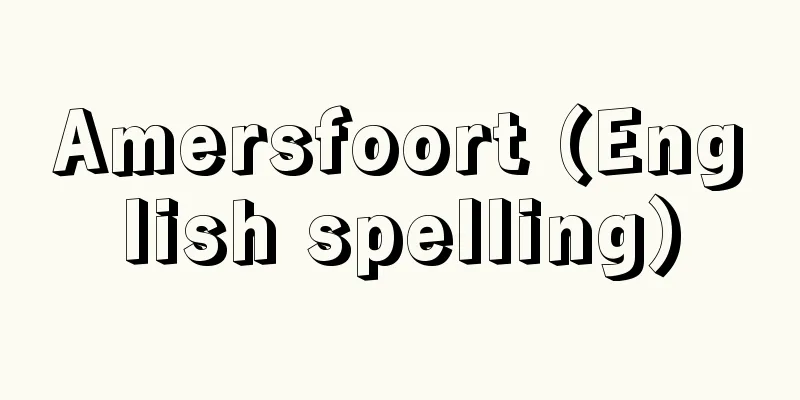
|
A city in the province of Utrecht in the Netherlands. Population 93,516 (1987). Located in the center of the Netherlands, it is a key hub for rail and road transport, with important distribution functions, and is also an industrial city centered on the metal and chemical industries. It was established as a city in 1259. In the 17th and 18th centuries, the bombazein weaving (a blend of linen and cotton) and tobacco manufacturing industries flourished. St. Joris Church and the Koppelpoort (water gate) retain vestiges of the city's past. [Sato Hiroyuki] Source: Heibonsha World Encyclopedia, 2nd Edition Information |
|
オランダ,ユトレヒト州の都市。人口9万3516(1987)。オランダの中心部に位置し,鉄道や道路交通の要衝で,重要な流通機能をもち,また金属工業や化学工業を中心とした工業都市でもある。都市として成立したのは1259年。17~18世紀にはボンバゼイン織(亜麻と綿の混織物)工業とタバコ製造業が盛んであった。聖ヨーリス教会とコッペルポールト(水門)が昔の面影を伝えている。【佐藤 弘幸】
出典 株式会社平凡社世界大百科事典 第2版について 情報 |
Recommend
Aratama - Aratama
...The leaf tips of the white-flowered species ar...
Sinuiju
A city in the western part of North Pyongan Provi...
Amida Temple
This temple is located in Murekamisakamoto, Hofu ...
Code of Lipit Ishtar - Code of Lipit Ishtar
A Sumerian law code established by Lipit-Ishtar, t...
Oppenheim, MFvon - Oppenheim
...Tel Halaf, located on the River Harbour near t...
Empress - Kouhi
〘 noun 〙 The wife of an emperor. Princess. Empress...
Water cabbage (English spelling)
...The English name of this plant is water lettuc...
Ausekris - Ausekris
...He often proposed marriage to her daughter at ...
Carcharhinus longimanus (English spelling) Carcharhinus longimanus
…Shark [Toru Taniuchi]. . . *Some of the terminol...
Nobutaka Oda
Year of death: Tensho 11.5.2 (1583.6.21) Year of b...
The World
…In 1978, he bought the St. Louis Dispatch, which...
Inferior rectus muscle - Kachokkin
One of the extraocular muscles. Eye socket Cancer ...
British Indochina - British Indochina
In the narrow sense, it refers only to the three ...
Ethyl vanillin
Vanilla essence is used as a flavoring agent. Sour...
Liver test - kanzoukensa
...Generally, it means tests to check liver funct...
